In January 2004, the Forest Practices Board initiated an investigation of bridge and major culvert inspection and maintenance practices on forest service roads (FSRs). This special investigation assessed Ministry of Forests’ compliance with the Forest Practices Code requirements to inspect, repair and maintain bridges and major culverts. The investigation, consisting of both office and site visits, was conducted in the winter and spring of 2004. The Board examined bridges and major culverts on FSRs in six forest districts: Sunshine Coast, North Coast, Peace, Headwaters (including both former Clearwater and Robson Valley districts), Central Cariboo, and Kootenay Lake.
The Board received a complaint from an individual about the adequacy of the public review process for proposed forest development plan amendments in the Boundary area.
The special investigation report examined government’s efforts at rehabilitating damage to forests caused by fire fighting. The investigation examined the rehabilitation of 12 forest fires in the southern half of the province, all of which burned during 2003, the worst fire season on record in British Columbia. The investigation found legal rehabilitation requirements were generally met and rehabilitation treatments were effective in maintaining natural drainage patterns and minimizing soil erosion.
On March 12, 2004, the Granite Ridge Water Users Committee (the complainant) asked the Board to investigate the approval of a forest development plan for a woodlot located near Edgewood in the Arrow Boundary Forest District. The complainant believes that approval of the FDP did not adequately consider water resources. The complainant makes the following assertions: a community watershed assessment was not completed; theCommunity Watershed Planning Guidebook was not followed; and the district manager's approval of the plan did not adequately consider a hydrologist's report (provided by the complainant) or hydrologic values. The complainant expects that logging and road building will affect the domestic water supply and wants the woodlot relocated to a less sensitive area.
